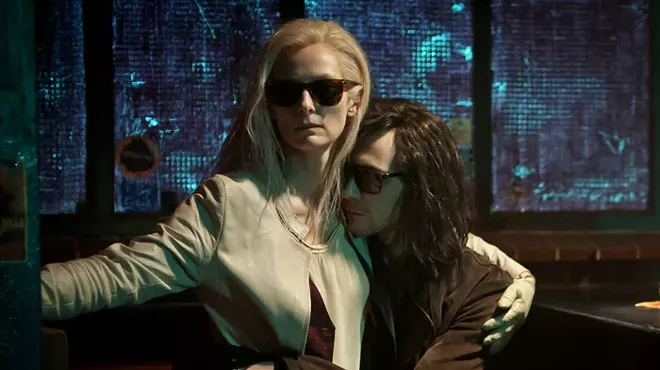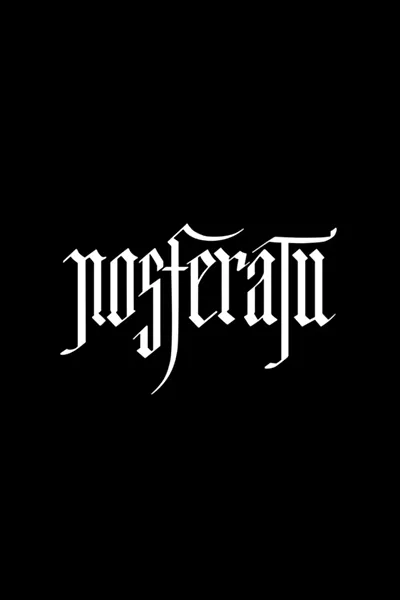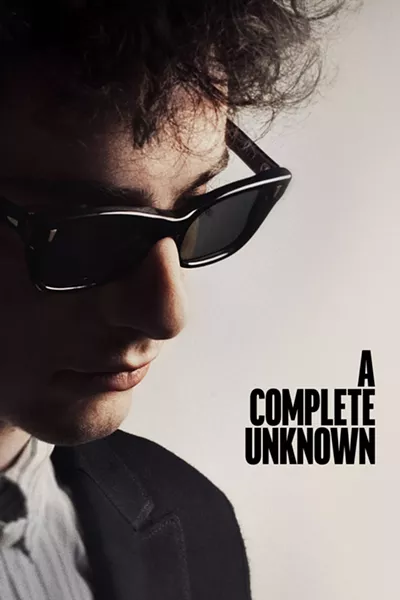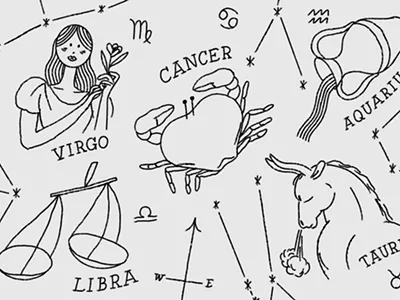The new ‘Barbenheimer’? ‘Nosferatu’ and ‘A Complete Unknown’ are both wildly entertaining, flaws and all
The films play together beautifully as thought-provoking looks at legendary figures
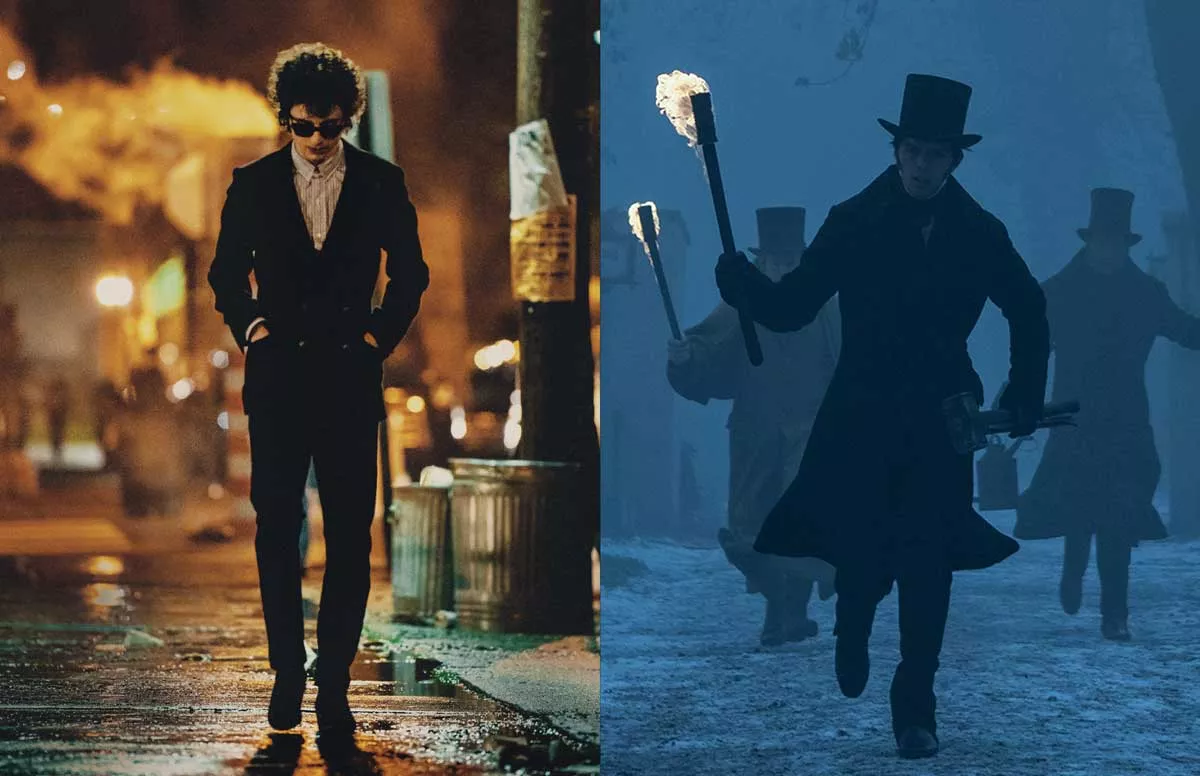

Audio By Carbonatix
[
{
"name": "GPT - Leaderboard - Inline - Content",
"component": "35519556",
"insertPoint": "5th",
"startingPoint": "3",
"requiredCountToDisplay": "3",
"maxInsertions": 100,
"adList": [
{
"adPreset": "LeaderboardInline"
}
]
}
]
While I knew it wouldn’t quite have the same cultural cache of “Barbenheimer,” I was still very excited for the same-day release of the Bob Dylan biopic A Complete Unknown and the Robert Eggars remake of the classic vampire film Nosferatu. In my mind, the two films wouldn’t be quite as disparate as the same-day releases of Barbie and Oppenheimer since part of me thinks Timothée Chalamet (who portrays Dylan) might be part vampire, so I went into both searching for interesting connections, both thematic and otherwise.
I watched Nosferatu first, which was definitely the right idea as the tone of the film is so brutally intense and oppressive that it was nice to have something a little lighter as a follow up. Writer-director Eggars is such an immensely talented visual artist that within the first five minutes, Nosferatu conjures such a tangible and rich sense of time and place that the viewer is effortlessly laid smack down into the center of 1830s Germany and Transylvania. You’re there. Eggars is also obsessed with obscure language, as he has proven with his past scripts for The Witch, The Lighthouse, and The Northman, for which he spent years researching historical documents of the time periods to create authentic dialogue. This combination makes Nosferatu a genuinely singular vision.
Nosferatu follows this same vibe, where the dialogue is opulent, almost Shakespearean, and designed not just to convey character, but tone, theme, and place. So with Eggars’s painstakingly accurate dialogue and world construction and sense of overwhelming dread, we already have a movie that transports. And with the fantastic performances of Bill Skarsgård as the ancient vampire Count Orlock, Lily Rose-Depp as his object of intense obsession, Nicholas Hoult as her hopelessly outmatched betrothed, and Willem Dafoe as the doctor of the occult who seeks to end Orlock for good, we have what appears to be a flawlessly constructed film.
In a way, the construction of the film is so flawless it reminded me of the complaint people have with the films of Wes Anderson: We’re looking inside a gorgeously designed diorama, kept at a distance by the filmmaker’s impeccable aesthetic and artistry. I ultimately disagree, since just as Anderson before him, Eggars might design each frame within an inch of its life, but he still builds characters with such a profound sense of longing as to be relatable to each one of us.
My only real issues lie in what is ultimately the source material itself. The 1922 German Expressionist film and Werner Herzog’s 1979 remake are really just unauthorized remixes of Bram Stoker’s Dracula, a story that’s familiar to most of us on a granular level. While the story of this modern adaptation doesn’t supply many surprises with the plot itself, Eggars brilliantly subverts those earlier incarnations of the story by placing Lily Rose-Depp’s Ellen Hutter as the central character. So we’re viewing Nosferatu not just as a spooky vampire story, but as an historical record of how men throughout history have abused and discounted women they deemed “hysterical.” Giving the story this modern context reshapes the text into something much sadder and emotionally fraught than any vampire film since at least Only Lovers Left Alive.
The horror fan in me would have loved Nosferatu to be scarier, but Skarsgård’s Orlock is undoubtedly a monster for the ages and he is unrecognizable behind the makeup and booming Transylvanian voice. It’s a hell of a movie, all quibbles aside and one I look forward to watching again immediately.
A Complete Unknown has three amazing scenes in it. Luckily, one of those scenes is the film’s first, with Bob Dylan showing up to Greystone Park Hospital to sing “Song to Woody” to his hero Woody Guthrie. We’re immediately pulled into 1961, Dylan’s life — and even though the film does become a very conventional biopic, not unlike director James Mangold’s Johnny Cash biopic Walk the Line — it’s still compulsively watchable.
As one of the few people left on earth not completely blown away by Timothée Chalamet, I found his BDE (Bob Dylan Energy) to be mesmerizing. He doesn’t quite disappear into Dylan in the same way Cate Blanchett did in the superior Dylan biopic I’m Not There, but, damn, he comes close. It’s the most I’ve enjoyed watching Chalamet onscreen, and the fact that he reportedly sang and played guitar and harmonica on 40 Dylan songs is incredible.
But still. Even though it’s right there in the title, I left the film still not knowing anything new about Dylan as a person. He comes across as just an instrument for the songs to move through. The entire film is people telling him exactly who they think he is, which he bristles against, but he also doesn’t seem to know who he is, either. All he wants is to play music, but he doesn’t really like his fans very much. He respects other musicians he can jam with, but that appears to be it. Dylan, as played by Chalamet, is kind of a jerk.
That’s totally fine, but I already knew he was mercurial, remote, enigmatic and one of the finest songwriters of all time. As entertaining as A Complete Unknown is, it just feels like an addendum to I’m Not There and Martin Scorsese’s documentaries No Direction Home and Rolling Thunder Revue. We only see Dylan in A Complete Unknown from his arrival to New York City in 1961 to the 1965 Newport Folk Festival, where he plugged in his guitar and melted some faces. Nowhere do we see the origins of Evangelical Dylan or Car Commercial Dylan, Great American Songbook Dylan or Movie Star Dylan. As someone who so fiercely defies labeling of any kind, Dylan is only an interesting subject in that the filmmaker ultimately decides which Dylan to show us and we’re left to decipher if any of those facets are real.
Nosferatu and A Complete Unknown are both wildly entertaining and watchable, flaws and all. They play together beautifully as thought-provoking looks at legendary figures deeply ensnared inside the cultural zeitgeist and left to be misinterpreted and misunderstood for generations. The only difference is that one is a mysterious, ancient legend whose words have controlled thousands and the other is a vampire.
Nosferatu
Grade: B+
A Complete Unknown
Grade: B


